Creator content marketing funnel: How to grow your audience from 0
Understanding the marketing funnel will help you find an audience, build trust and grow your business.
The internet is noisy for new creators. It can be challenging to figure out what advice to take, what platforms to choose, and which opportunities truly align with your goals.
The most common problems new creators face are:
- How do I get people to notice what I'm creating?
- How do I get people to pay for those creations?
Whether you're a writer releasing a newsletter or a video creator starting a new YouTube channel, these questions fit within the topic of content strategy. Content strategy is a marketing term that means "the planning, development, and management of content." (Source)
Traditional businesses have been using this language for decades to describe how their content helps achieve their goals. The purpose of this article is to make the same strategy available to you: newsletter writers, bloggers, YouTubers, podcasters, and creators of all kinds.
Growth begins with a funnel
At the heart of every content strategy is a funnel — a model for how your ideal fans will discover your work, engage with what you've made, and ultimately support what you do.
This article takes a look at the content marketing funnel concept in three ways:
- Learn about the 4 stages of the creator funnel, how they work, and the strategies required to turn obscurity into opportunity.
- Discover examples of how real people have used this exact framework to construct incredibly unique careers.
- Understand the big ideas driving the creator economy today so that you can ensure your strategy aligns with the trends already at play.
4 stages of the content marketing funnel for creators
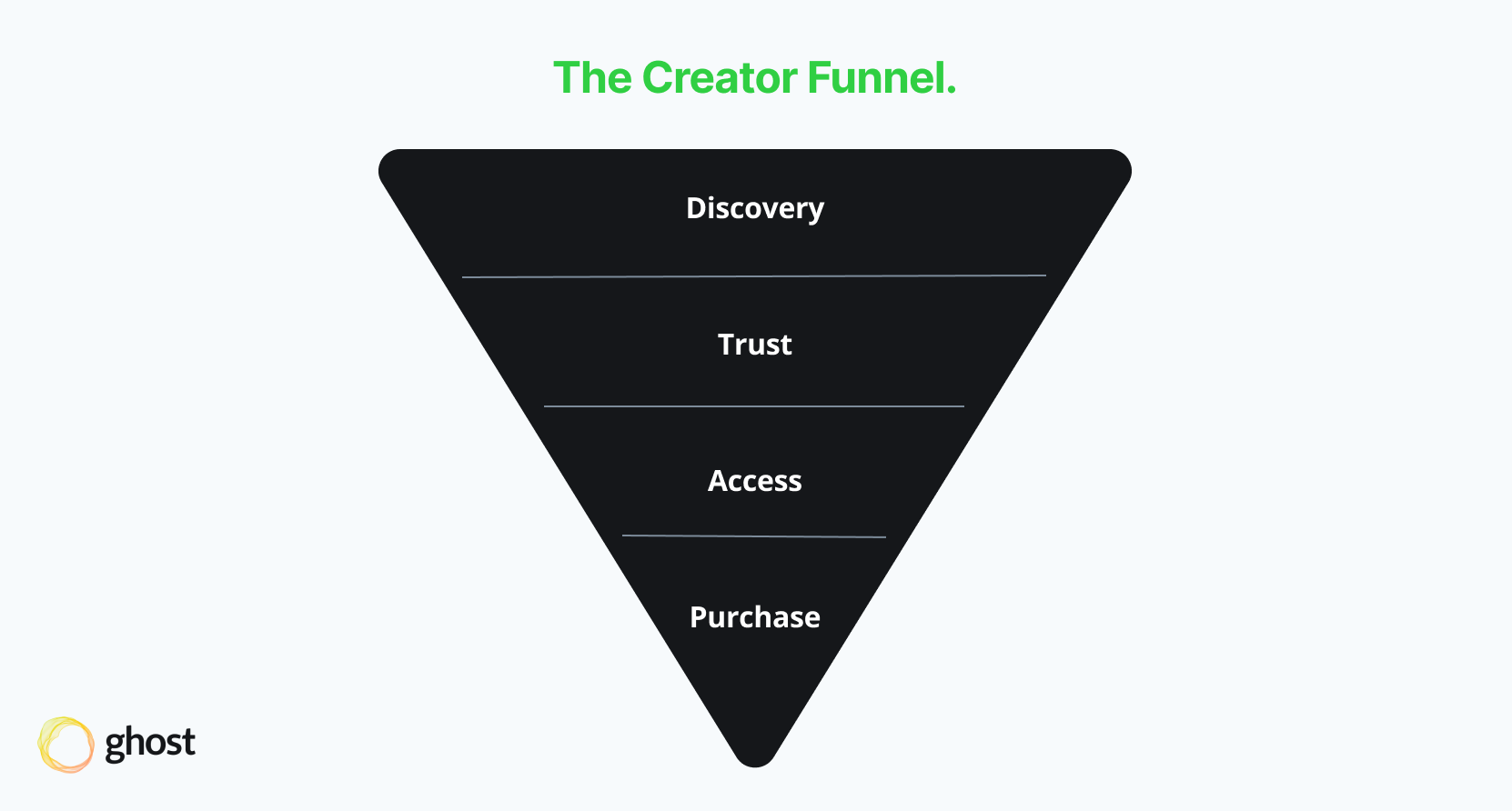
Stage 1: Discovery
The first stage is all about getting people to know you exist. Ideally, the content you make during this phase will free and short.
In stage one, your focus should be on creating content where people already spend time.
This means creating samples of your work for the most appropriate social media channels (Instagram, TikTok, Twitter, LinkedIn), online communities (IndieHackers, Reddit), as well as sharing them with people you already know (email, Facebook, in-person).
The content needs to be free because the goal is discoverability. When content is free it can spread quickly because there's no barrier other than the time it takes to consume. Hence the second point: your free content should also be short.
Short content is easily digestible and it forces you, the creator, to boil down what you make into its most essential parts. This format also encourages experimentation. It enables you to throw massive amounts of proverbial spaghetti against the wall so that you can see what sticks before going all-in on a type of content that people may not be interested in.
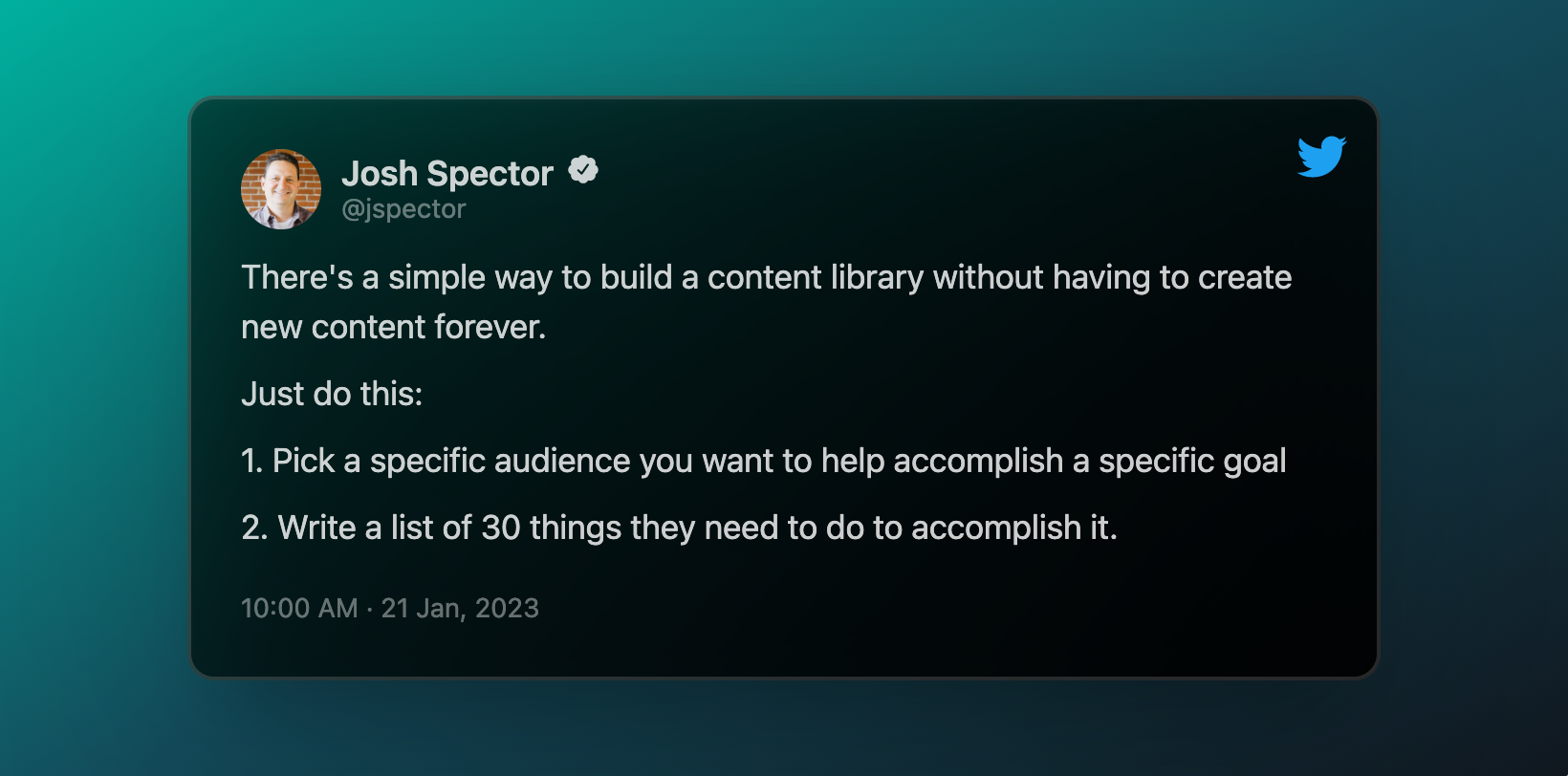
Short, free content is the reason networks like Vine and TikTok exploded in popularity. It's also why behemoths like YouTube and Instagram scurried to add similar experiences to their platforms (stories and shorts, respectively).
Regardless of what you make, creating a free and short version offers your potential audience a quick introduction to who you are, what you're about, and invites them to consider if they want to know more.
Stage 2: Trust
Stage two is the core of creative output — whereas stage one was a bite-sized version of what you enjoy creating, stage two presents the entire meal.
This phase aims to build trust with your audience by inviting them to engage at a deeper level with your work.
Instead of a short video, now you want to share a 10-minute vlog or a 30-minute documentary. Instead of a tweet thread or LinkedIn post, the next step could be an entire article or podcast episode on the same topic.
This is your opportunity to build on what was working in short form, capitalize on your uniqueness, and make the type of content you want in front of an audience that cares.
Traditionally, the content at this level would be mostly free (although flexibility with this is ideal) and longer than what was produced for stage one. You'll see exactly how the trust phase can act as a pillar for your entire online business in the examples below.
Stage 3: Access
By now, your work is being discovered through short-form content shared in the places where your audience hangs out, and you've started encouraging people to engage with your long-form content which has developed trust. You're well on your way.
The next stage is the opportunity to deepen the relationship with the segment of your audience who are most invested in your work by inviting them to sign up or subscribe. The goal at this stage is to attract a relevant and engaged audience who are ready to give you their email address.
For example, this can be where you invite people to subscribe to a weekly newsletter, access articles that are behind a free member log in, or access your community.
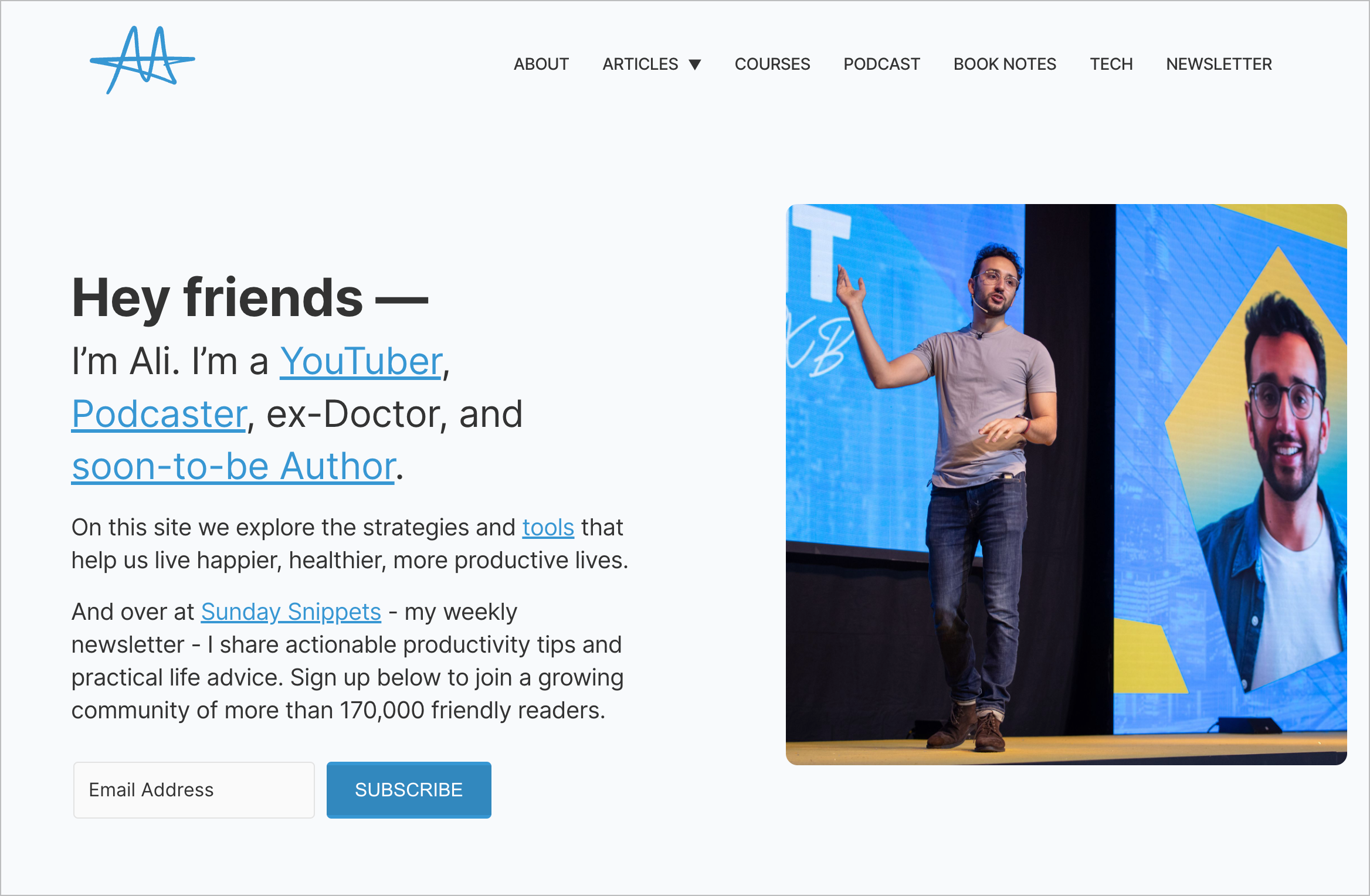
Content that serves this stage is often protected or partially protected, meaning this portion of your creative work will remain closed to the public except for those willing to enter an email address. If your content is not protected, that's fine too, but ensure your messaging is very clear so that people understand what benefit they'll get by subscribing.
As a general rule, you should have full ownership of the audience you build at this stage. Relying on social networks for the discovery part of the funnel is effective, but now it's time to use a domain that you own. Building an audience is hard, so ensure you reap the benefits of your hard work and choose a platform where you have full control of your email list.
Stage 4: Purchase
The final stage of the creator content marketing funnel is where the deepest levels of engagement and business opportunity occur. It's also where your content will transform into something more specific and actionable, versus the broader strokes mentioned in previous steps.
At the purchase stage, you will provide your most invested audience members with something they can't find anywhere else. This is the point where you ask your most dedicated subscribers to support your work financially, in return for additional benefits.
The questions driving your content for this phase are tied to what unique value you provide:
- What results can I help others achieve?
- What content can I provide that people can't find anywhere else?
- What would my most invested audience members pay for?
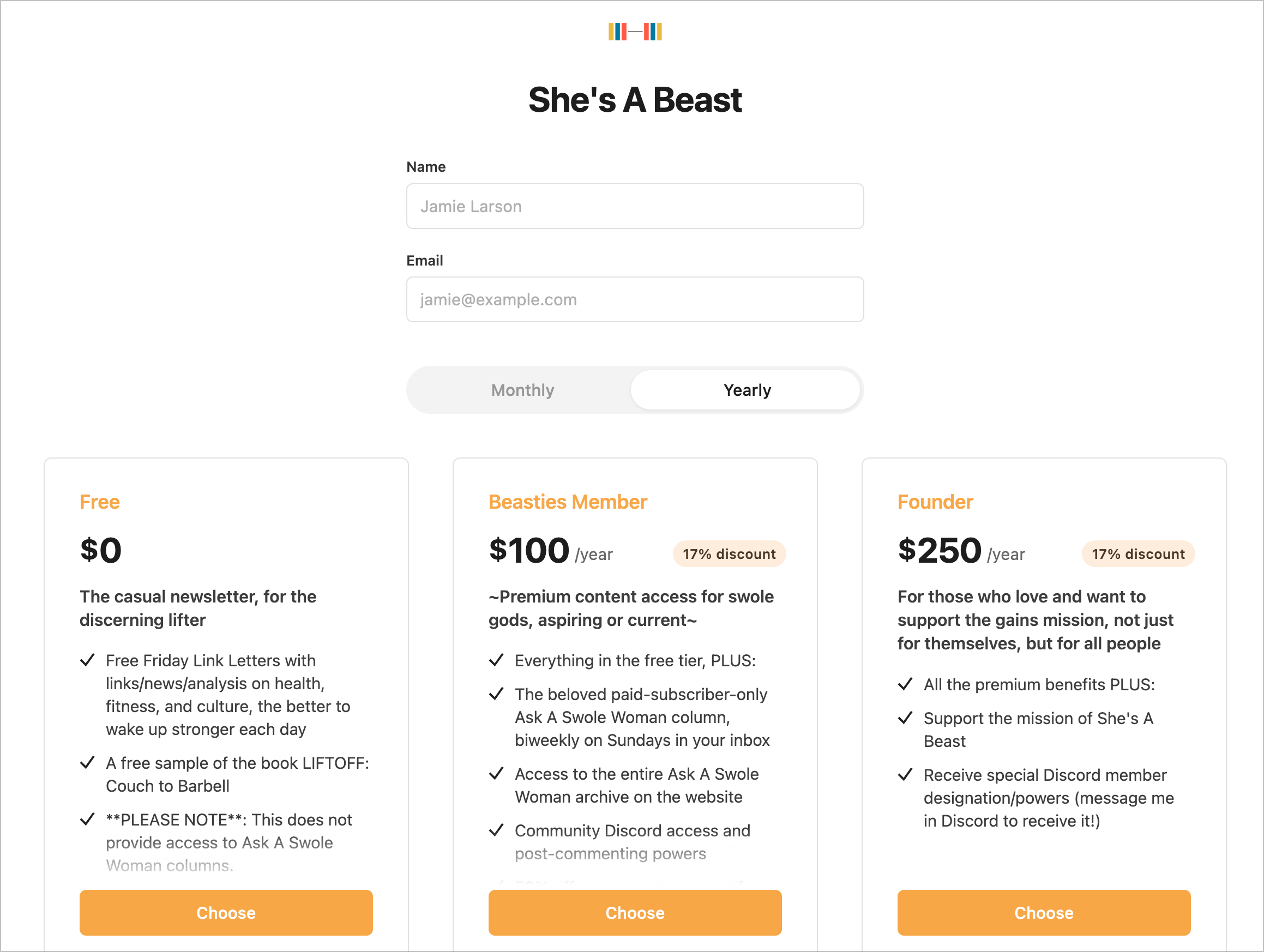
The nature of this content requires a more direct relationship with fewer people. At this point of the funnel, you've drilled down to the percentage of your audience who are the most invested in what you have to offer.
While the creator marketing funnel represents a journey that customers take, it's important to recognize that this journey isn't always linear. Some people may find your long-form work directly and skip the discovery stage, some may subscribe to a paid subscription immediately based on the recommendation of a friend, and others may stay firmly in the access phase as a free subscriber for a long time (or indeed, forever).
This is totally normal.
Successful examples of the creator content marketing funnel
The real way to use the marketing funnel is as a model that allows you to calibrate your marketing, by making sure you're doing some activities at each stage to target people at different parts of the journey. And of course, this is an ongoing and iterative process.
For further inspiration, let's dive deeper into some examples of how creators are leveraging the creator marketing funnel.
Example #1: Josh Spector, newsletter writer
Josh is the author of the popular weekly newsletter For The Interested, a free curated list of ideas to help creators succeed with their work.
Trust: Full episodes of the I Want To Know Podcast
Access: A free newsletter for creative entrepreneurs
Purchase: Paid skill sessions with annual subscriptions
In order to draw people to a free newsletter, Josh began by publishing ideas where people were already reading content. Josh became a top writer on Medium while also growing a Twitter following of over 26k (discovery).
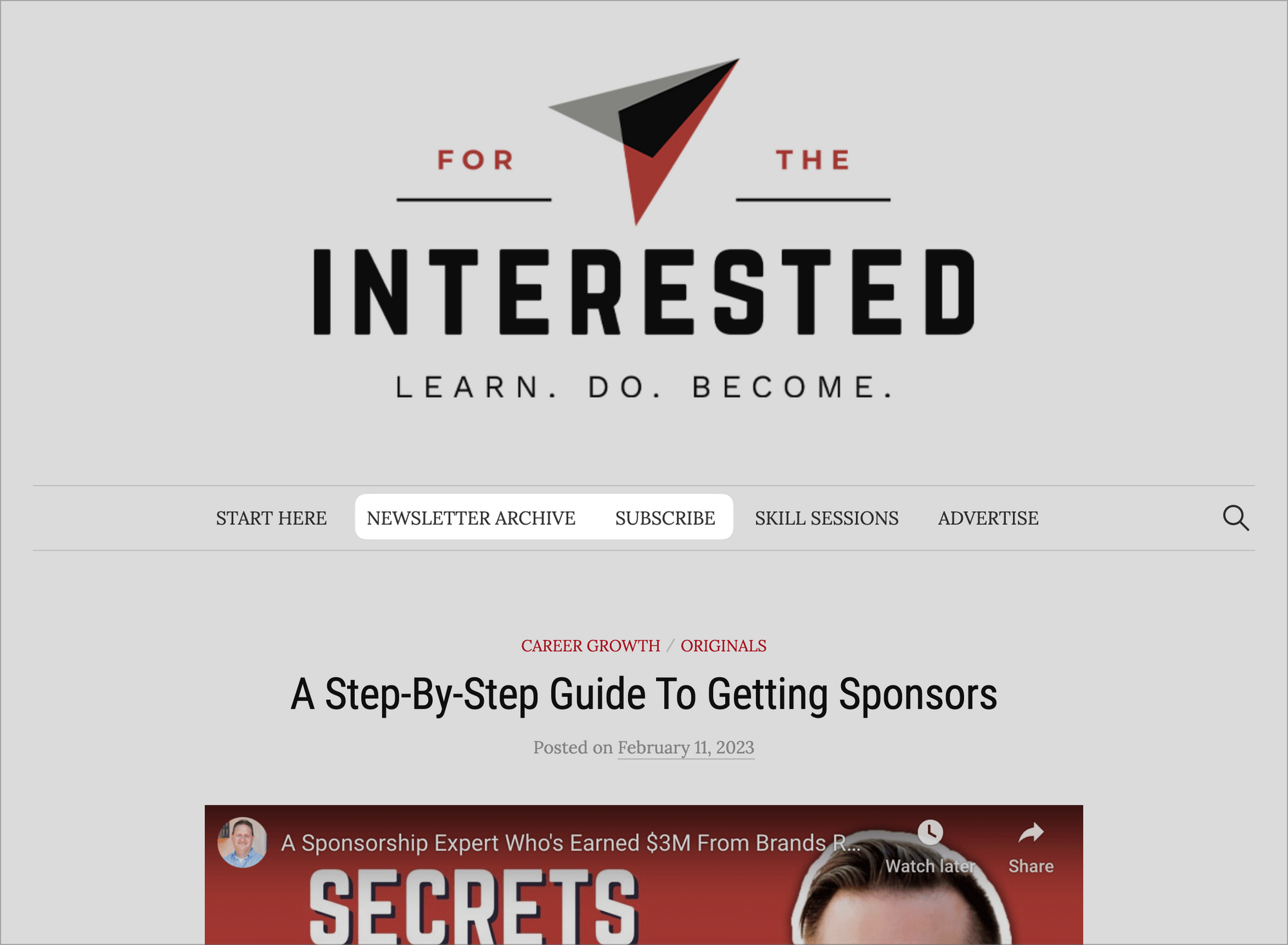
Josh enticed a portion of this growing audience to move from "rented" platforms to an owned one by offering a free weekly newsletter (trust). Then, to monetize this following, Josh offers in-depth skills training on replicating this success (purchase).
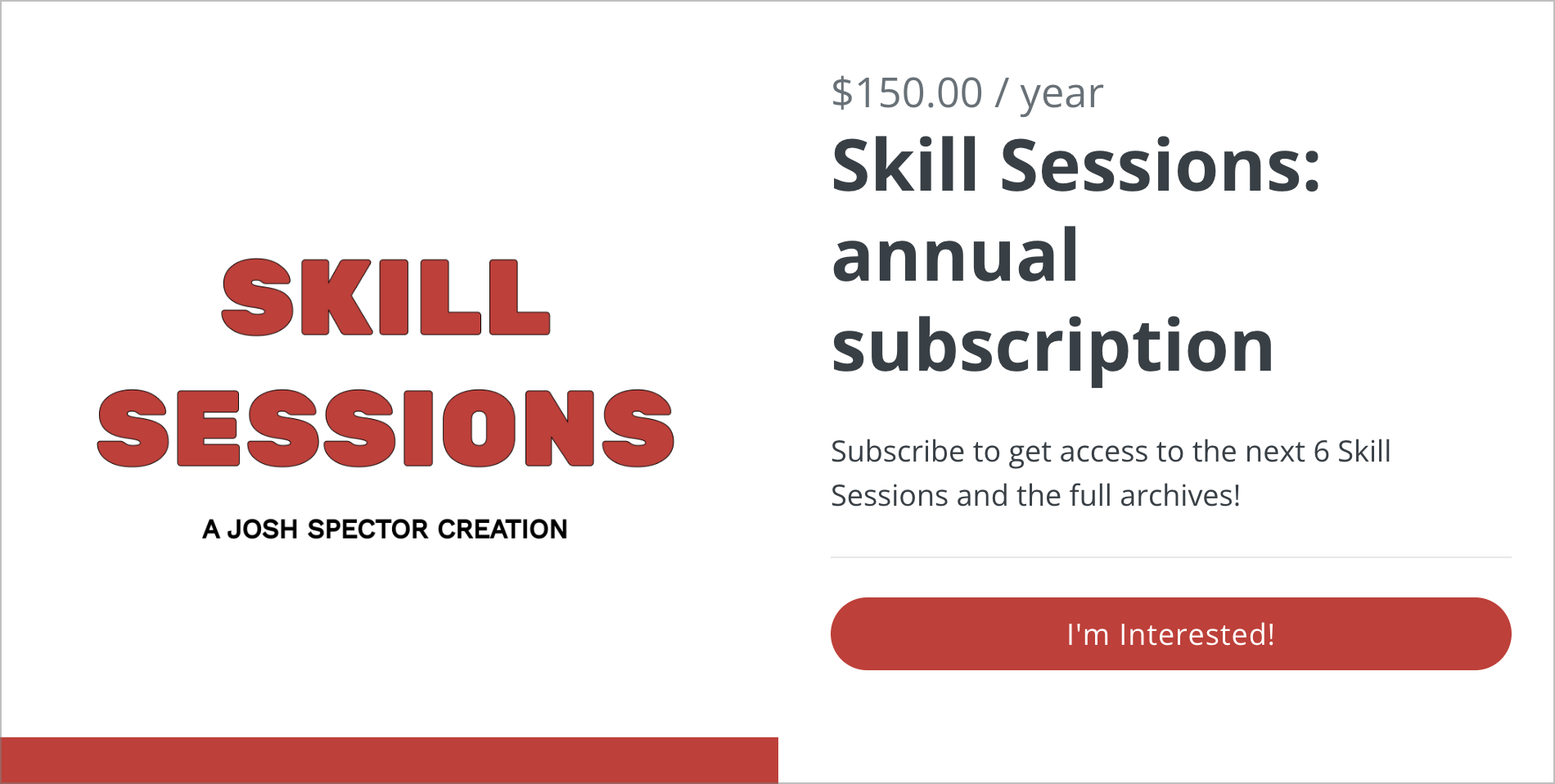
Example #2: Ali Abdaal, YouTuber
Ali is one of the most popular productivity YouTubers on the platform and for good reason. Ali consistently publishes high-quality videos on the tactics used to succeed as both a creator and a medical doctor.
Trust: Longer videos about productivity, tech, and studying
Access: The Sunday Snippets free newsletter
Purchase: Paid courses such as the YouTube academy
Ali initially gained traction on YouTube by serving a niche community: aspiring medical students in the UK. Short, practical videos documenting Ali's own journey offered viewers a unique experience of a fellow student achieving their shared objective (discovery).

As the audience grew, Ali adapted this content to answer more fundamental questions about productivity, studying, writing, and more (trust). From there, fans were invited to join a newsletter full of tips not covered in previous videos (access). Finally, Ali leveraged this experience as both a successful doctor and creator into online courses to help those with similar ambitions (purchase).
Example #3: Jay Clouse, writer & community builder
Jay is the entrepreneur behind Creator Science, delivering actionable advice for creators, and The Lab one of the most prestigious creator communities.
Trust: Essays, the Creative Elements podcast, YouTube videos
Access: A free weekly newsletter with actionable advice for creators
Purchase: Premium workshops, members-only community
Jay leverages an audience on social media platforms like Twitter and Instagram to get the Creator Science content out there (discovery) and produces essays, podcast episodes, and videos that help other creators succeed (trust).

For the most engaged readers and viewers, Jay offers premium memberships to join the community, access workshops, and join office hours events (purchase).
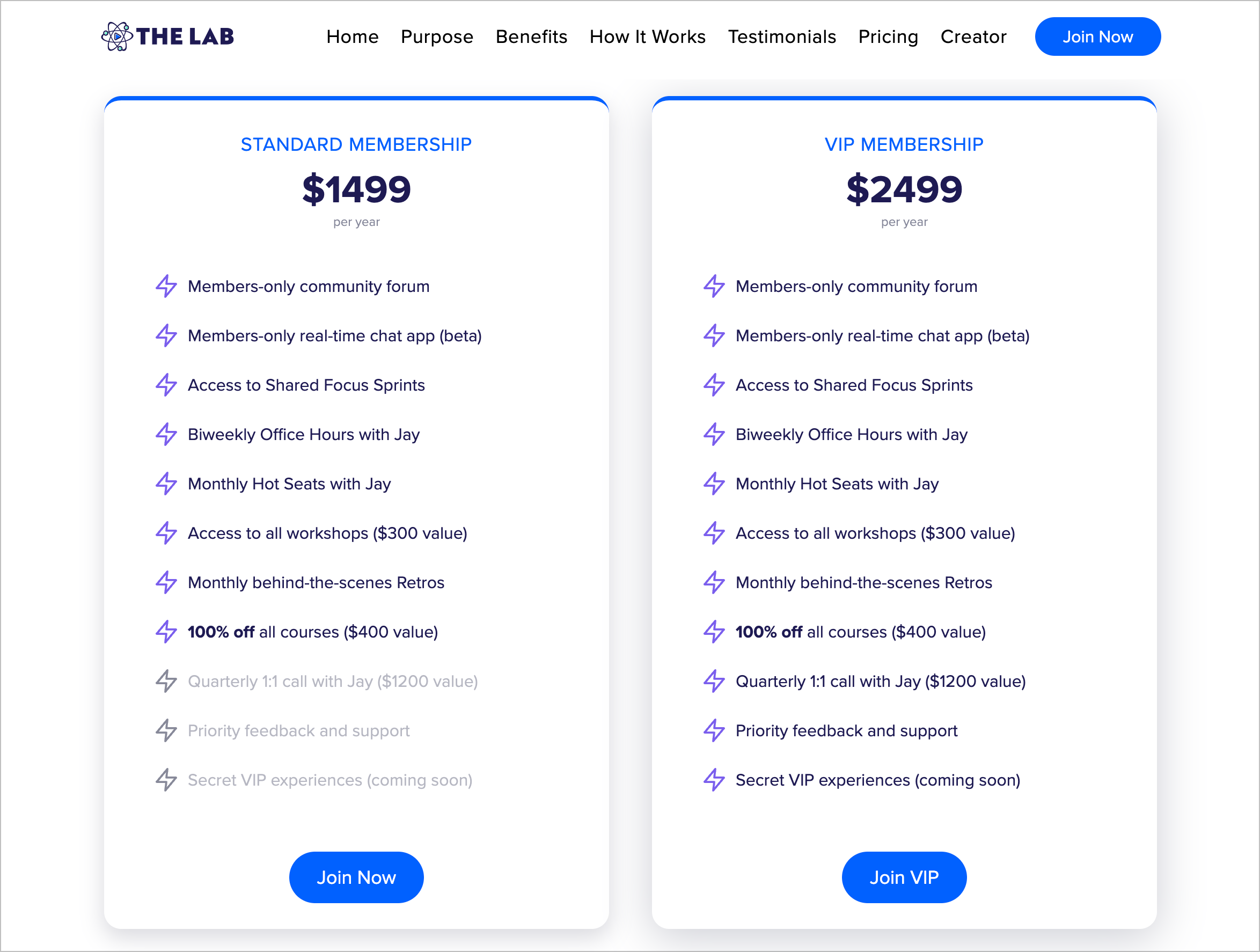
3 takeaways to accelerate your strategy
The creator content marketing funnel is a strategy you can use to grow an audience from 0 followers and turn that audience into a sustainable business. Here are a few of the biggest ideas driving the creator funnel philosophy.
- Don't expect one type of content to accomplish different goals. Some things you make will get attention. Others will make money. Rarely will one piece of content do both, so create accordingly.
- Use different platforms for different goals. Instead of complaining that the organic reach on [insert new, exciting platform] has died, pivot to where the attention has gone. Also, you don't have to be everywhere because the goal is never to reach everyone. It's to reach your people with what you enjoy making. Figure out where they are and make for them.
- Always drive everything back to a platform you own. The most successful creators funnel the attention they receive on social media and elsewhere back to a "home base" they control. That way, no matter how algorithms change, you'll always have direct access to your fans. It's also important to ensure you own your entire business, including customer emails and payments.
The creator content marketing funnel will become more popular as the creator economy matures. Now is your chance to stay ahead of the curve. Create free content with purpose. Understand where paid content fits into your overall plan. And never stop experimenting.






